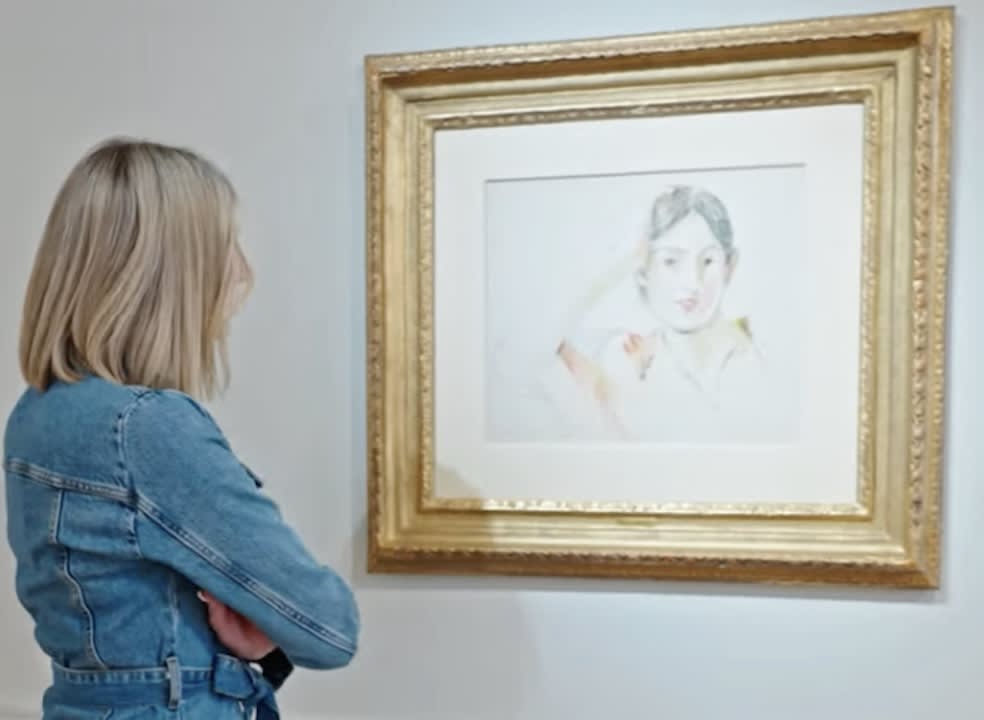How can gentle strokes on canvas or paper challenge the course of art history?
Berthe Morisot was a rebellious figure in the artistic avant-garde, in the XIX century when women were denied access to the Fine Arts Academy she defied social conventions by choosing painting over solely the traditional path of marriage and motherhood.She worked from home, depicting domestic scenes, and portraying family members, like in this work, a portrait of her niece Jeanne, where she masterfully handles color and light, her strokes are ever so gentle and yet powerful at the same time. She was much admired by some of the greatest artists of her time, and even exhibited among them, like Renoir or Manet.With her talent and perseverance she paved a path for furtur generations of female artists. If you’d like to learn more about this work, take a look at our website baillygallery.com
